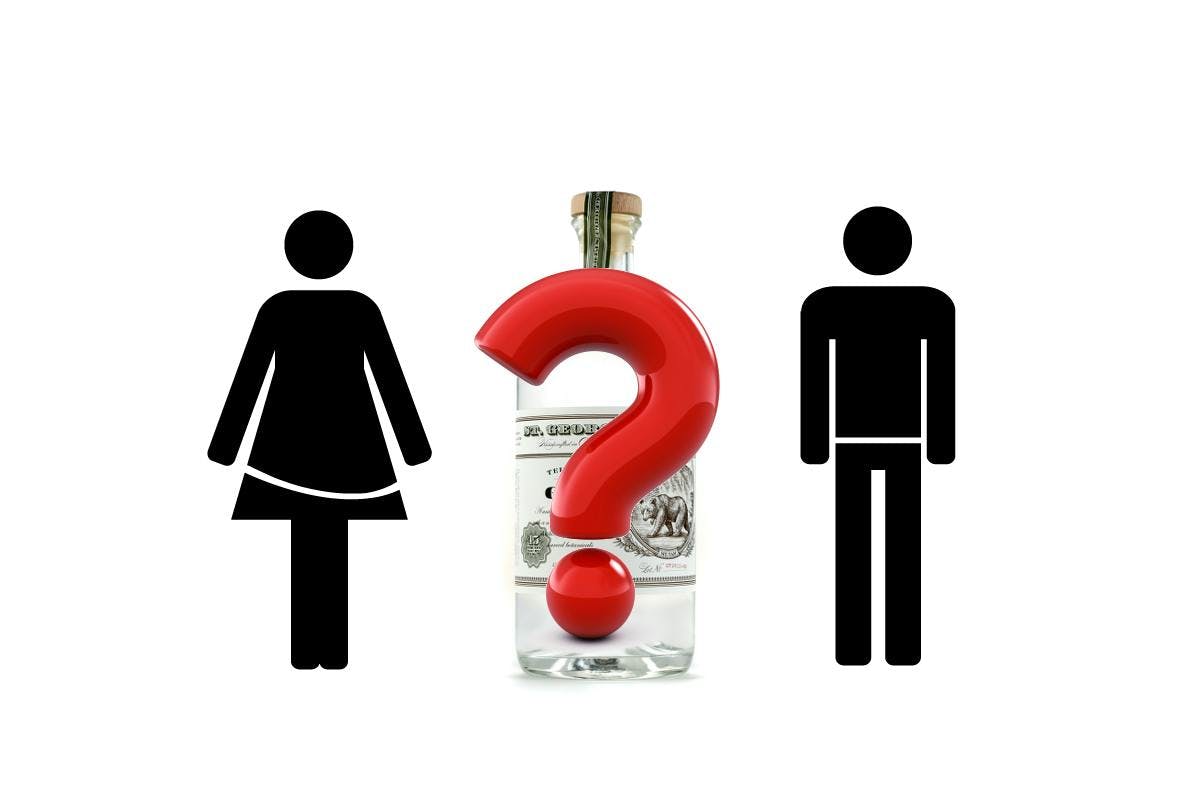
The Ginder dilemma Part I: is gin a woman’s or a man’s drink?
The question posed in this headline may not seem particularly enlightened in our post-modern world where a wide array of life’s enjoyments are rightfully and simultaneously enjoyed by both sexes. It’s also much more than safe to say that gin - and many other spirits - cross gender barriers without most people noticing. Still, products of all kinds often have associations with one sex or the other. So where does gin lie on the gender spectrum?
The debate goes back as far as the mid-18th Century’s Gin Craze in the UK when the spirit was labeled the scourge of the land by a governing class increasingly concerned with the intemperance of the working classes. Among these working classes, women appear to have been crucial in perpetuating the perceived plague. One in four licensed gin retailers were women as were an estimated one-third of unlicensed sellers, while, In a statistic that may cause an uproar of discrimination today, three-quarters of those arrested for illegal gin sales in 1738 and 1739, in the middle of the Craze, were women.
Similarly, whereas men continued to frequent ale houses, women found respite and a place to socialize in the dram houses as a large proportion of those pouring the drams were women. The gin the dram sellers poured was also reportedly often sweetened to appeal more to their female customers.
Nicknames for gin were also closely linked with females during this period. “Mother Gin” came about as many women in the lower classes were so hooked on the drink that it was deemed their children were also imbibing copious amounts either through breast feeding or by children’s mothers simply giving them gin as they had nothing else to pass around. Not surprisingly, the term evolved into “Mother’s Ruin”. Gin also became known as “Madam Geneva”, a term that helped the anti-gin campaigners to personify the spirit as the devil personifies evil in some religions.
Gin was also known as “Old Tom” during the period. But Old Tom, a style of gin still produced today, actually refers to black cats, not a man named Thomas.
With seemingly most of London, both men and women, drunk on gin during this period, arguing that one gender favors gin over the other may seem like a moot point. But just as marketers today position products to one gender or the other even if both sexes could enjoy them, the temperance movement of the period pushed stories of women to the forefront.
Arguably the most horrific story which helped boost the anti-gin campaign was that of a young working mother named Judith Defour who sold her baby’s clothes for sixteen pence spending it all on gin. Part of this plot involved leaving her baby alone in a field for someone to find and take care of. But the child’s screams were too much and in her haste for more gin, she strangled the child. Defour’s trial at the Old Bailey garnered as much public attention as celebrity scandals do today.
Considering all this, despite the obvious fact that scores of men enjoyed too much of Mother’s Ruin during the Gin Craze, it appears that its association lie more with females than males at the time. In our next piece on the matter, we’ll look at more modern times.







